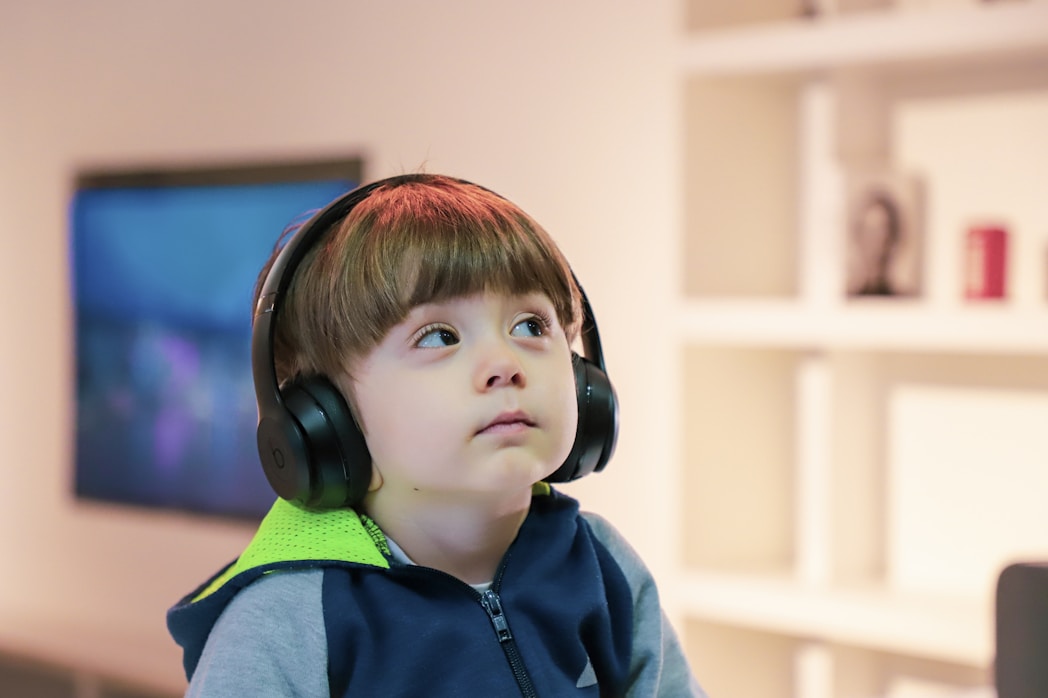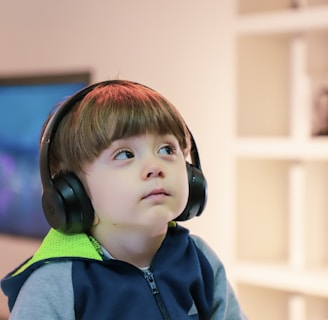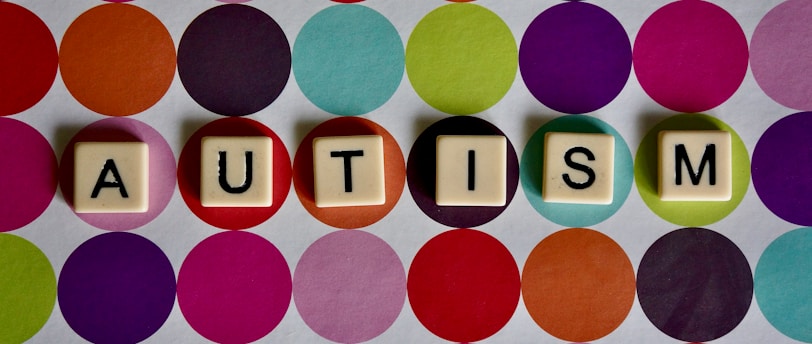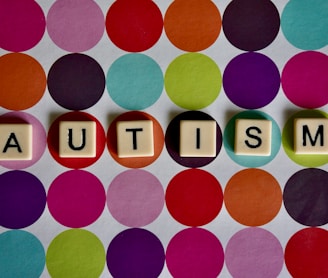SAMA
Autisme Centrum
Samen autisme omarmen,
Samen groeien.




Allereerst
Welkom bij SAMA Autisme Centrum
SAMA Autisme Centrum is een toonaangevend centrum in de behandeling van autisme en AD(H)D, waar kinderen de best mogelijke zorg ontvangen en zich optimaal kunnen ontwikkelen.
We streven ernaar de kinderen te begrijpen en hen te ondersteunen bij het ontwikkelen van vaardigheden en strategieën om de uitdagingen van het dagelijks leven aan te gaan. We geloven in een holistische aanpak, waarbij we oog hebben voor de unieke behoeften, sterke punten en interesses van elk kind.
We willen ook ouders en andere betrokkenen ondersteunen en begeleiden in het begrijpen en omgaan met autisme en AD(H)D, zodat zij hun kinderen kunnen ondersteunen bij het bereiken van een optimale levenskwaliteit.
Als centrum streven we naar continue verbetering en innovatie in onze behandelingen en diensten, en willen we een positieve impact hebben op de levens van kinderen met
autisme en hun families.
HET VERMELDEN WAARD
Onze programma's
SAMA is een nieuw autisme centrum dat gespecialiseerde zorg biedt aan kinderen tussen 3 en 12 jaar met autisme, AD(H)D en/ of andere gedragsuitdagingen.
Het SAMA Autisme Centrum baseert zijn behandelingen op ABA therapie en de TEACCH Methode gecombineerd met vaktherapie.


Engelstalige therapie
Bent u een expat of bent u woonachtig in de regio Amstelveen/ Amsterdam en op zoek naar Engelstalige therapie? SAMA heeft u gedekt! Naast Nederlandstalige therapie bieden wij ook Engelstalige therapie.
We begrijpen dat het navigeren door een nieuwe omgeving en cultuur uitdagend kan zijn, en daarom richten we ons specifiek op de behoeften van expats. We bieden niet alleen Engelstalige therapie aan, maar we houden ook rekening met de unieke uitdagingen van deze doelgroep, zoals culturele sensitiviteit en ondersteuning bij taalontwikkeling.
Ouders worden ook betrokken bij de therapie om de overgang naar een nieuw land en zorgsysteem te vergemakkelijken. Dus waarom zou u ergens anders heen gaan als u bij SAMA alles kunt vinden wat u nodig heeft?
NET EVEN ANDERS
LATEN WE VOORAL NIET VERGETEN!
Onze missie
Het woord SAMA heeft verschillende betekenissen. Het verwijst naar luisteren, aandacht schenken aan, een goede reputatie en gelijk/ hetzelfde zijn en samen.
Het is de missie van SAMA om kinderen te voorzien van hoogwaardige, holistische en persoonsgerichte behandelingen en ondersteuning. We streven ernaar om kinderen te helpen hun volledige potentieel te bereiken.


Oudertraining
Ouders, luister even!
Jullie zijn de superhelden in het leven van jullie kind. Maar soms kan het best lastig zijn om het gedrag van jullie kind te begrijpen en er effectief op te reageren.
Daarom bieden wij oudertrainingen aan! Hier leer je alles over de rol van AD(H)D, ASS of andere gedragsproblematiek in het gedrag van je kind en krijg je handige opvoedingstips op maat.
Je wordt volledig betrokken bij het behandelingsproces en leert technieken en vaardigheden om het probleemgedrag van je kind te verminderen en positieve gedragsverandering te stimuleren.
Met onze oudertrainingen word jij een nog betere superheld voor je kind!
En tenslotte
Wij zijn gevestigd aan de Mortelmolen 3 in Amstelveen. Wil u zich alvast aanmelden, vul dan direct het aanmeldformulier in. Wij nemen zo spoedig mogelijk contact op!
Heeft u vragen vul dan het contactformulier in


